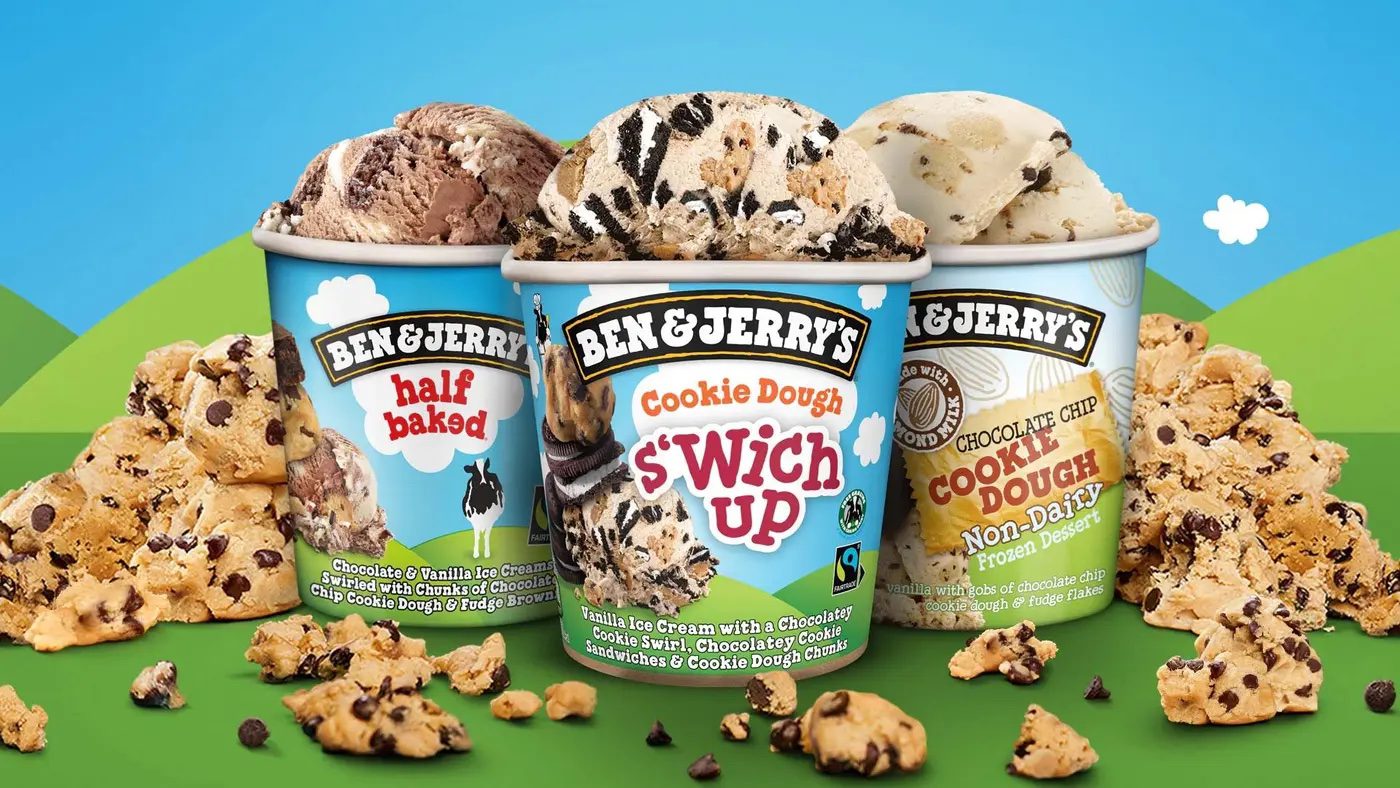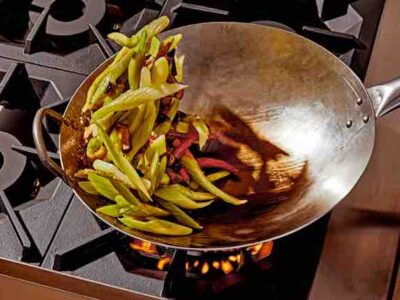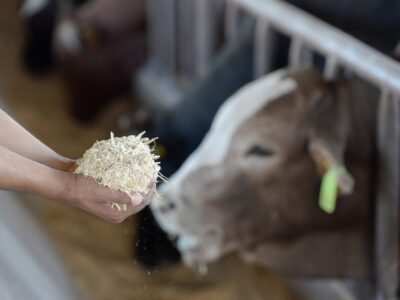(Bloomberg Businessweek) —
Deep inside a vast room filled with pipes, tubes and hoses, shiny silver vats and a conveyor belt brimming with ice cream bars, Andy Sztehlo points toward a glass-topped freezer and urges visitors to grab a Cornetto, Magnum or Twister. “The biggest dissatisfaction with ice cream is not finding the one you want,” says Sztehlo, head of ice cream research and development for Unilever Plc, the world’s biggest producer of the frozen treat. The freezer in question is designed to ensure that overheated, sugar-craving consumers can get their hands on exactly the ice-cold indulgence they want.
The idea was developed at Unilever’s primary research center, a leafy campus in the English town of Colworth, an hour north of London by train, where the company has come up with innovations ranging from frozen peas and pyramid tea bags to the science used in home pregnancy tests. The freezer is part of a two-pronged initiative for Unilever: making its products more available to more people and cutting the carbon emissions required to do so.
Today’s retailers typically place phone orders for their ice cream treats, or a salesperson visits to set up deliveries. But the freezer Sztehlo is showing off is equipped with a camera that monitors what’s inside. It’s connected to the internet and uses artificial intelligence to identify items that are about to run out and order more. The software then helps plot the most efficient route for delivery vans to travel from store to store. “This will enable us to make sure we’ve got the right amount of product and the right type for that particular neighborhood,” Sztehlo says.
Unilever and rivals such as Froneri International (which includes Nestlé’s former ice cream division, with brands such as Häagen-Dazs and Movenpick) and Mars (the maker of Snickers and Twix bars) compete fiercely on their freezer systems. These can boost loyalty among retailers and help get products displayed more prominently. And, in a world of largely uniform input costs, they provide an opportunity to outdo rivals. “Ingredients like cream and sugar are pretty much the same price for each company, as is the cost of fuel,” says Chirag Pandya, a partner at McKinsey & Co. “But a more efficient freezer system is where you can start making cost savings and cutting waste.”
Unilever says that in the 7,000 freezers in the UK, the US and Denmark that have the new technology, the company has seen sales climb as much as 25%. Another advantage is that the technology can help Unilever enforce agreements requiring retailers to use the freezers exclusively for its products. That means no rogue Häagen-Dazs or Mars ice creams—or indeed, frozen peas, since Unilever sold that business in 2006. In locations where the company has agreed to let retailers stock rival products in the freezer, they can track those sales, too. “We can see there’s a Mars product in there,” says Sztehlo, and “see what is selling and what’s not.”
Unilever also aims to raise the temperatures of all its ice cream freezers—to -12C (10.4F), rather than the traditional -18C standard. The company has 3 million-plus freezers in more than 45 countries. These are typically loaned to supermarkets and shops, which pay for the energy to run them. Unilever says keeping them cold accounts for 10% of its greenhouse gas emissions, so warming them up could go a long way toward reducing its carbon footprint. A pilot of the warmer freezers, in Germany, found they used 24% less energy. A second test is planned in Indonesia; if it proves equally successful, the company will begin raising the temperature in its freezers worldwide.
Unilever’s program to increase freezer temperatures will likely take 10 to 15 years to roll out because the company will face resistance from countries such as Denmark, South Africa and Chile, where regulations mandate lower freezer temperatures. And recipes must be adapted to keep products stable at a higher temperature—even if the difference is just a few degrees. Unilever’s scientists have been working on new formulas, and the company commissioned eight universities to develop recipes that would work at temperatures as high as -5C to boost the difficulty of the task and unlock a wide range of ideas.
“It’s a combination of tricks to do it,” says Manfred Aben, the leader of another Unilever lab, in the Dutch university city of Wageningen. Although he declines to provide details, he says one solution is using less sugar because taking it out helps the ice cream stay frozen at those higher temperatures. “The colder it is, to keep it scoopable you have to put more sugar in,” Aben says. “It’s like antifreeze.”
Read next: Fake Chocolate Sidesteps Cocoa’s Biggest Problems
To contact the author of this story:
Dasha Afanasieva in London at dafanasieva@bloomberg.net
© 2023 Bloomberg L.P.





